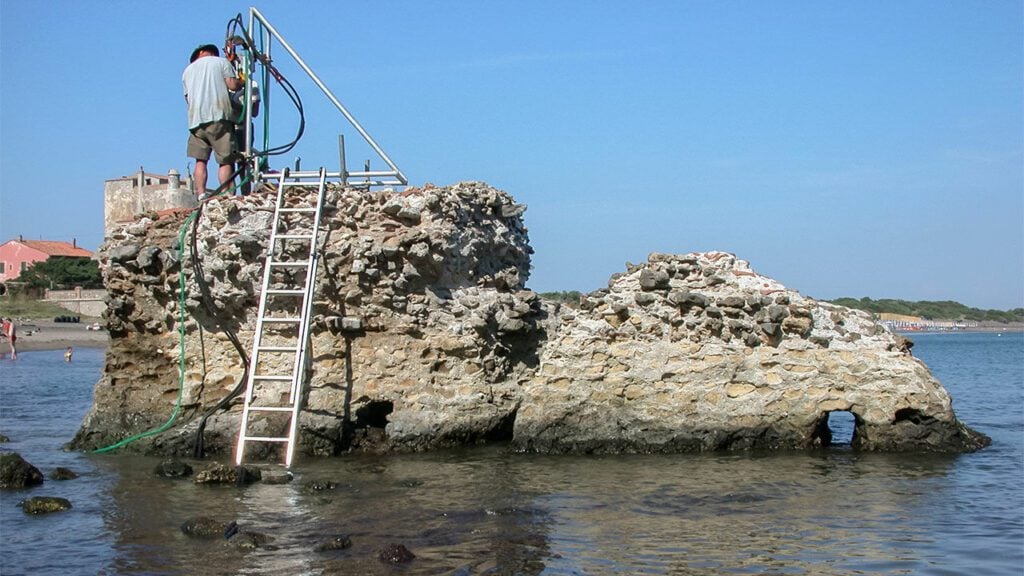Why modern mortar crumbles, but Roman concrete lasts millennia
Modern concrete—used in everything from roads to buildings to bridges—can break down in as few as 50 years. But more than a thousand years after the western Roman Empire crumbled to dust, its concrete structures are still standing. Now, scientists have finally figured out why: a special ingredient that makes the cement grow stronger—not weaker—over time. Scientists began their search with an ancient recipe for mortar, laid down by Roman engineer Marcus Vitruvius in 30 B.C.E. It called for a concoction of volcanic ash, lime, and seawater, mixed together with volcanic rocks and spread into wooden molds that were then immersed in more sea water. History contains many references to the durability of Roman concrete, including this cryptic note w… Continue Reading (2 minute read)
